Column

This is a question that has become the truly huge elephant in the room. Nobody wants to see it let alone face or respond to the question. Some of the issues generated by this very significant matter are historical and therefore inevitable while others are triggered by incidental issues including the rise of far more easily accessible technology tools.
In a sense both are historical but they impact differently. While one is directly related to the market demand for new technologies which drives all the sectors, the other is more evolutionary in nature, perhaps reflecting how we communicate socially and inform those who wish to in pursuit of power and control which has undergone a radical transition powered by technology.
Lest it becomes a flag flying testament for the triumph of technology, let's remember that the printed newspaper is also a product of technology and once was a victory of the same. It doesn't exist all by itself but as a response to demand seeking new ways and spaces for communication and control.
New era and new media
New media as digital media was once known is no longer new and nor is the junior partner in the media world. This change and perhaps transition is about the remaking in societal relations not just among institutions or consumers and the producers but also about the change in the relations between individual and group/cluster power expressions and the contradiction with the wider collective power of society. It's very possible now to challenge traditional power bases without earlier conventional power bases and the phenomenon is observable in every societal space.
In Bangladesh it's even more so because two issues have emerged in the relatively recent past. One, the level of technology availability is much higher now making its use more flexible and vigorous. Two, technology has been a greater equalizing force than governance politics which have largely lost their credibility. The conventional narrative of what constitutes power has also been modified as new power clusters and pockets emerge. And that has put a new spin to the whole process and system of power exchange at societal and supra-societal institutions.
In this era, the media has become more than a reporter of facts and has extended its jurisdiction to policing of facts and participants of power as well. The concept of formal power that had existed unbroken for a long while involved the transition from social to state power domination and the required service by various institutions including the media.
It's this chain that has been challenged and broken and the main point behind the cluster of change is the rise of the now institutional power including that of social media institutions that are now challenging conventional state power serving institutions which includes conventional media as well.
It's about new versus old media but new power structures versus old structures. That the media is part of this process but dependent on the same. Its main role today is to find safe passage which will help it survive.
Old media and new realities
While old media today is formal in nature, structure and functioning, it's losing out to social media in terms of scope, reach and influence. Apart from that, the economics of social media is much stronger as its non-conventional and unstructured income driven, supported by multiple opportunities while conventional media has limited sources to do the same.
Thus many are already functioning within the social media space and the number of people involved is far higher than those working in conventional media. That has created new synergies which have made it a powerhouse in the overall media world.
While it's a reality that social media lacks organization, the nature of social media is such that it has an enormous variety of combos and all of them work. Thus we have groups that work together and also form functional corporations. The biggest strength however comes from individuals achieving corporate identity and more importantly clout too within this configuration.
In other words, the old fashioned multi personnel based corporate entity is being replaced by independent and individual based ones. In fact recent research findings on future use of AI says this well- "the individual as the collective or corporation.
The facts that made the conventional media powerful and useful was its corporate identity and thus its power and ability to deliver the same to achieve goals. However, that same process exists and can be achieved by a collection of individuals at a much lower and much higher output value.
This challenge is far more fundamental than a new and quick form of informing the consumer. When the consumer and the producer become the same, the traditional parameters are under threat which is why we are or maybe looking at a new combination as it undergoes a change not seen before in the recent past.






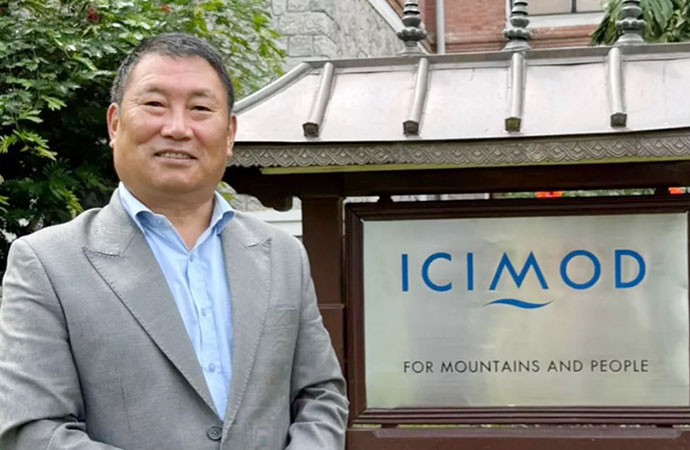
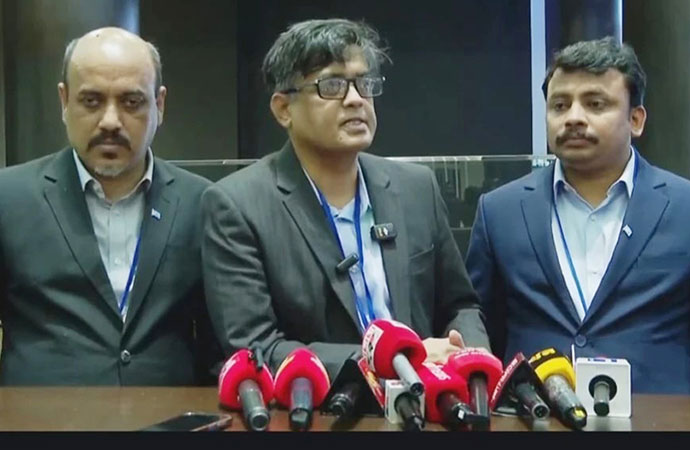
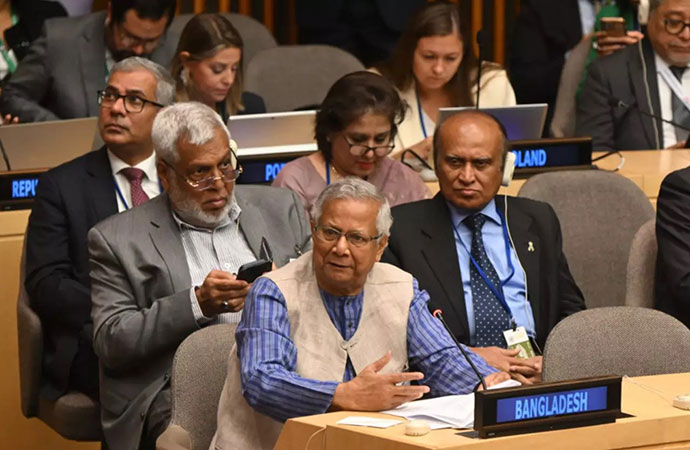
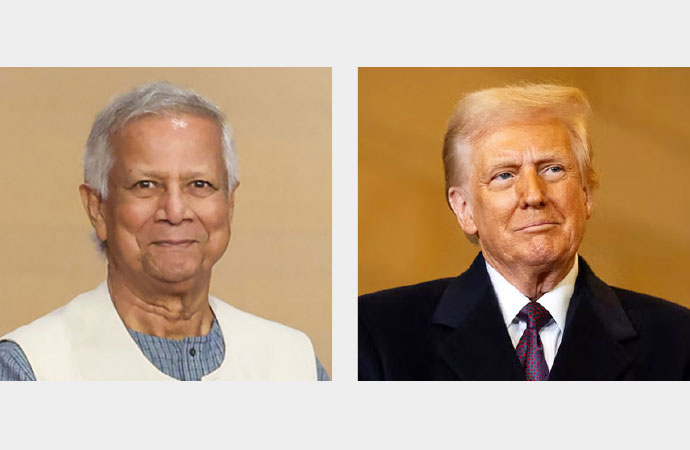
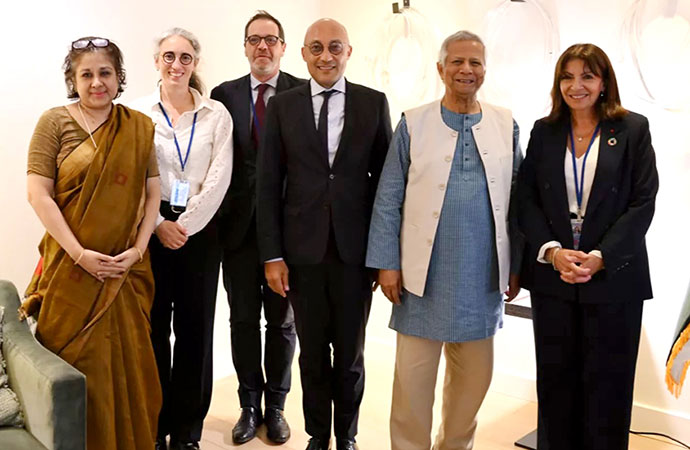
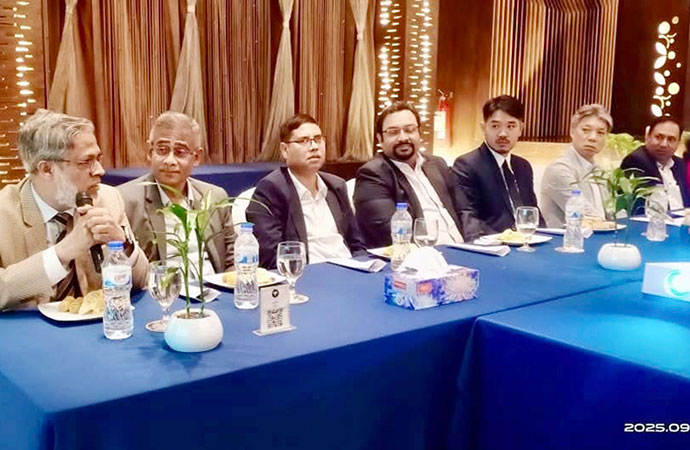
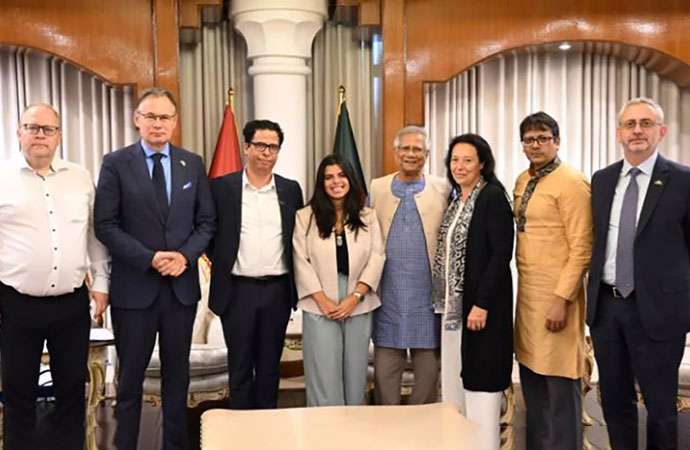


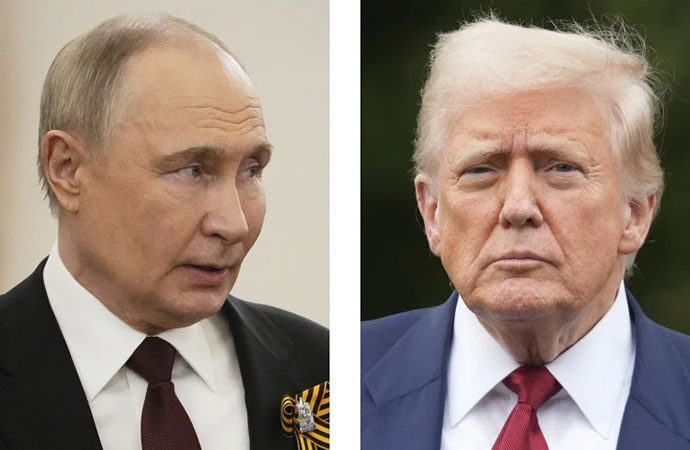
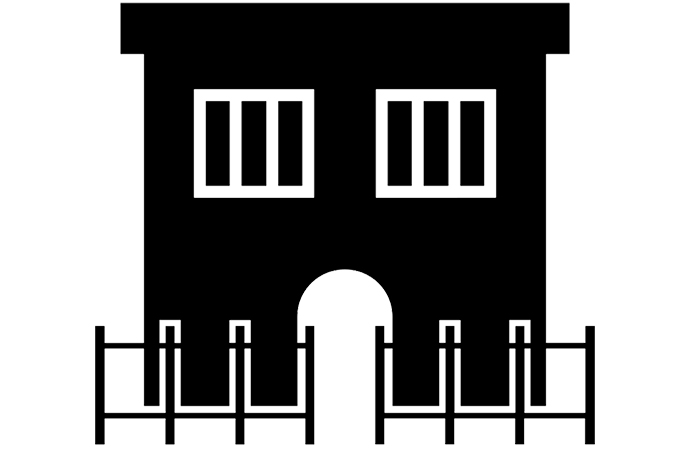

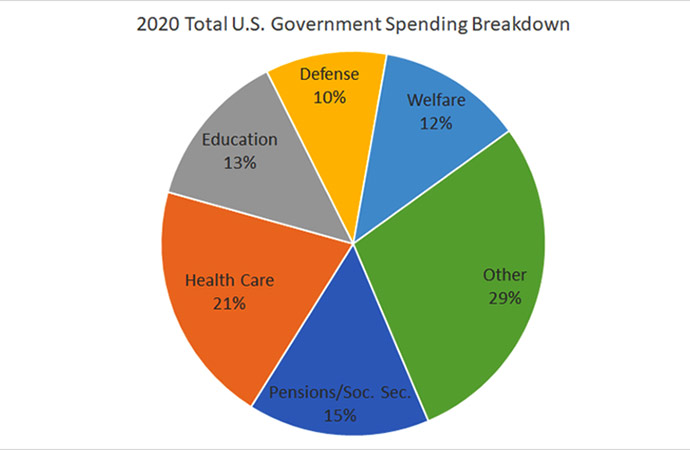
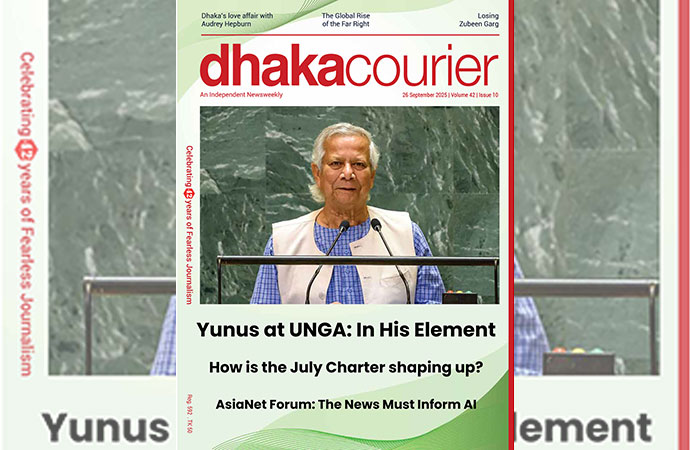
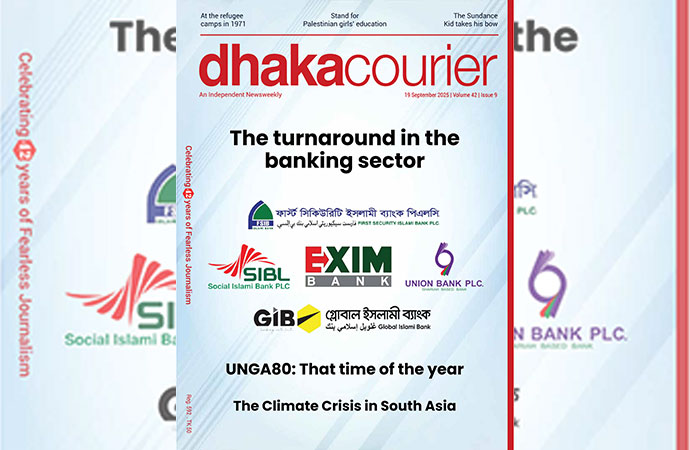
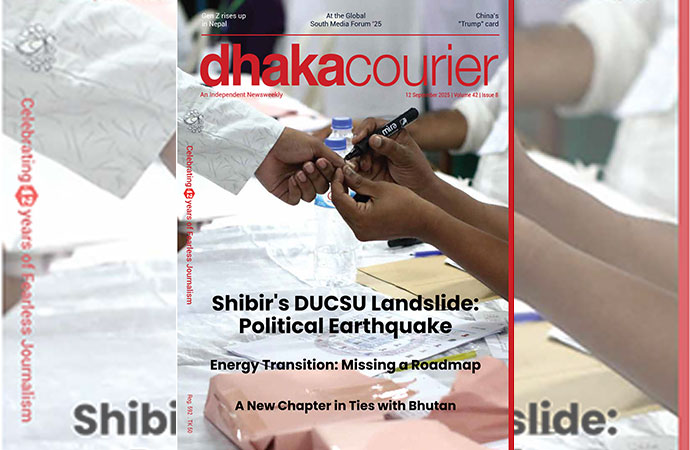
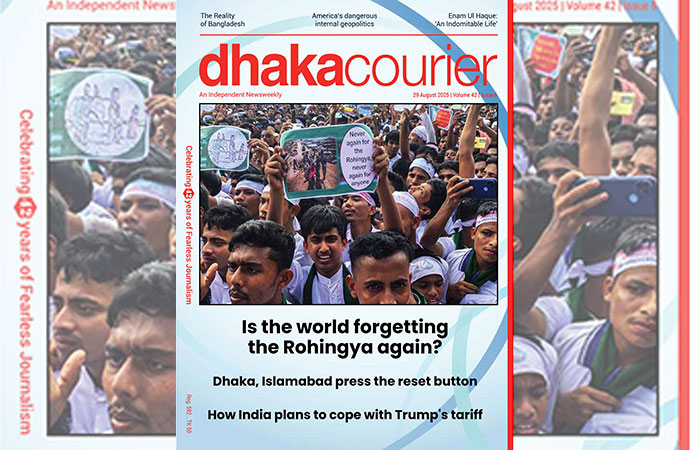
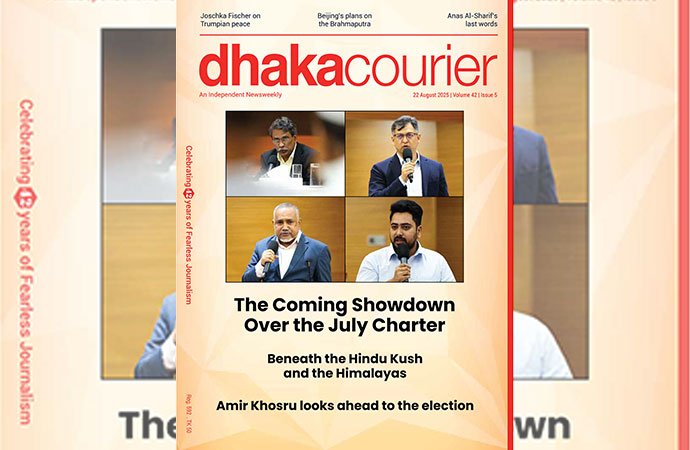
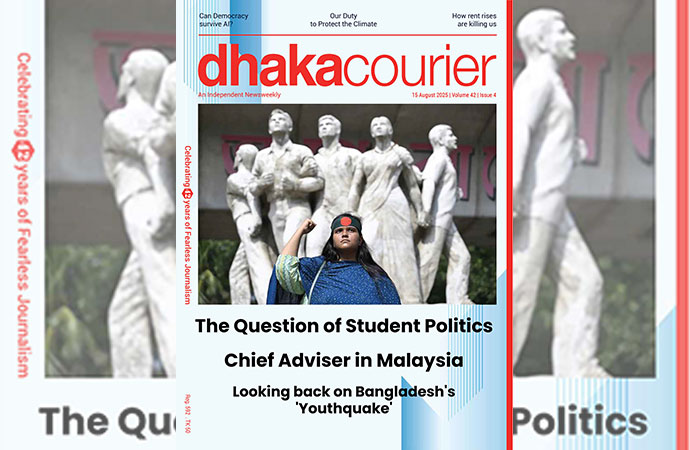
Leave a Comment
Recent Posts
Religion and Politics: A Toxic ...
At Dhaka University, cafeteria workers have been told not to wear shor ...
Enayetullah Khan joins AsiaNet ...
AsiaNet’s annual board meeting and forum was held in Singapore, ...
In a New York minute
Many leaders back a UN call to address challenges to ..
Defaulted loans at Non-Bank Financial Institutions ( ..
How the late Zubeen Garg embodied cultural affinitie ..